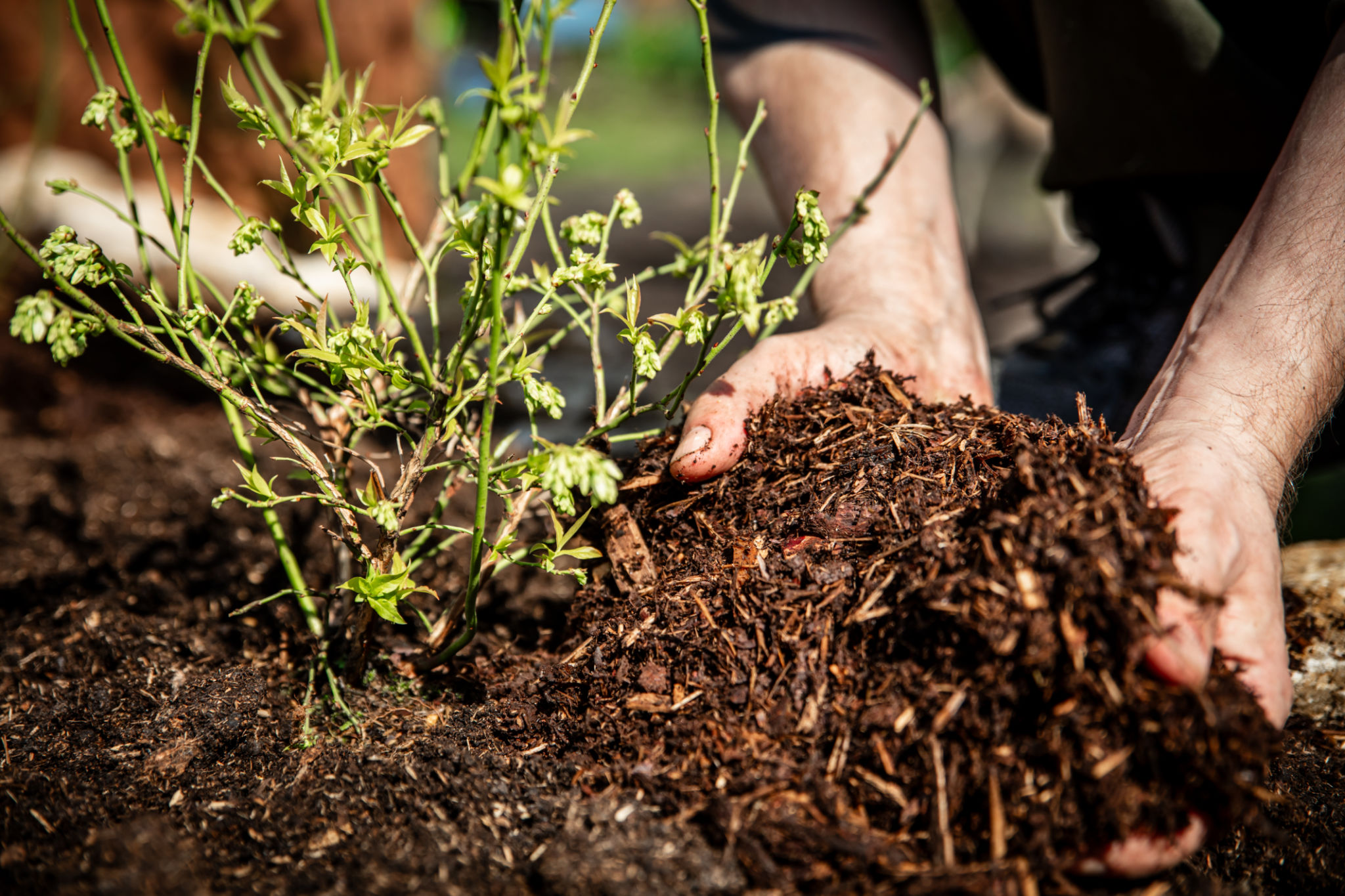How to Prepare Your Garden for Winter in Hamilton
HS
Assessing Your Garden's Needs
As the vibrant colors of autumn begin to fade, it's essential to start preparing your garden for the harsh winter months in Hamilton. The first step in winterizing your garden is to assess its current state. Take a walk through your garden and identify any plants that might need extra care or protection. Pay special attention to perennials and any new additions that might not yet be fully established.

Cleaning and Clearing
Once you've assessed your garden, it's time to start cleaning and clearing. Remove any dead or diseased plants to prevent the spread of pests and diseases. It's also a good time to rake up fallen leaves and debris. While some organic matter can be beneficial when left to decompose naturally, too much can suffocate your lawn or garden beds.
Consider creating a compost pile with the healthy plant material you clear away. Composting not only reduces waste but also provides nutrient-rich soil for the following growing season.
Protecting Your Plants
Some plants need extra protection to survive the winter months. Mulching is an effective way to insulate plant roots and retain moisture in the soil. Apply a layer of mulch around the base of your plants, especially perennials and shrubs, to maintain a stable temperature.

For more delicate species, consider using burlap or frost cloths to shield them from harsh winds and frost. You can also relocate potted plants indoors or into a sheltered spot.
Preparing Your Soil
The condition of your soil plays a vital role in garden health, so it's important to prepare it for winter. Start by testing the soil's pH levels and nutrient content. Based on the results, amend the soil with necessary nutrients such as compost or organic fertilizers.
Turning over the soil can also be beneficial, as it exposes pests to the cold and breaks up compacted earth, allowing better drainage during winter rains.
Planning for Spring
As you prepare your garden for winter, it's also an excellent time to start planning for the spring. Consider which plants you'd like to add or move, and make notes of any changes you'd like to implement next year. Having a clear plan will make it easier to transition into the new growing season.

Protecting Garden Structures
Don't forget about your garden structures, such as trellises, fences, and garden furniture. Inspect these items for damage and make any necessary repairs before winter sets in. Wooden structures may benefit from a fresh coat of sealant or paint to protect against moisture damage.
By taking these steps, you'll not only protect your garden but also ensure that it's ready to thrive once the warmer weather returns.